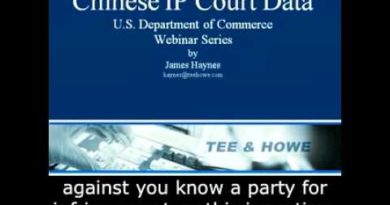Pannu Factors Help Hormel Bring Home the Bacon | Knobbe Martens
HIP, INC v. HORMEL FOODS CORPORATION
Before Lourie, Clevenger, and Taranto. Appeal from the United States District Court for the District of Delaware.
Summary: To prove a claim of joint inventorship, an party must prove that the individual contributed in a significant manner, that the claimed contribution was not insignificant in quality when measured against the full invention, and that the individual did more than explain known concepts.
HIP sued Hormel alleging that an HIP employee, Howard, was either the sole inventor or a joint inventor on a patent directed to methods of precooking bacon and meat pieces. After hearing testimony from Howard and another HIP employee, the district court concluded Howard was a joint inventor for his contribution to Claim 5, finding Howard was responsible for the concept of preheating with an infrared oven. Hormel appealed.
On appeal, Hormel argued that the district court erred because Howard’s alleged contributions did not satisfy the joint inventorship test articulated in Pannu v Iolab Corp., 155 F.3d 1344, 1351. Hormel argued that Howard failed to satisfy each of the three factors set forth in Pannu requiring that a joint inventor: (1) contribute in some significant manner to the conception of the invention; (2) make a contribution that is not insignificant in quality when the contribution is measured against the dimension of the full invention; and (3) do more than explain well-known concepts.
The Federal Circuit agreed with Hormel, ultimately determining that Howard’s contribution failed the second Pannu factor. Specifically, the Federal Circuit contrasted Howard’s alleged contribution, preheating with an infrared oven, which was recited only in a single claim as part of a Markush group and was not found in the summary, examples, or figures, with the prominent featuring of preheating with microwave ovens throughout the specification, claims, and figures. The Federal Circuit found that the patent “squarely focuses on a preheating step using a microwave oven” and the contribution of using an infrared oven is insignificant in quality when measured against the full invention. Accordingly, the Federal Circuit found that Howard is not a joint inventor, and reversed the decision of the district court.





